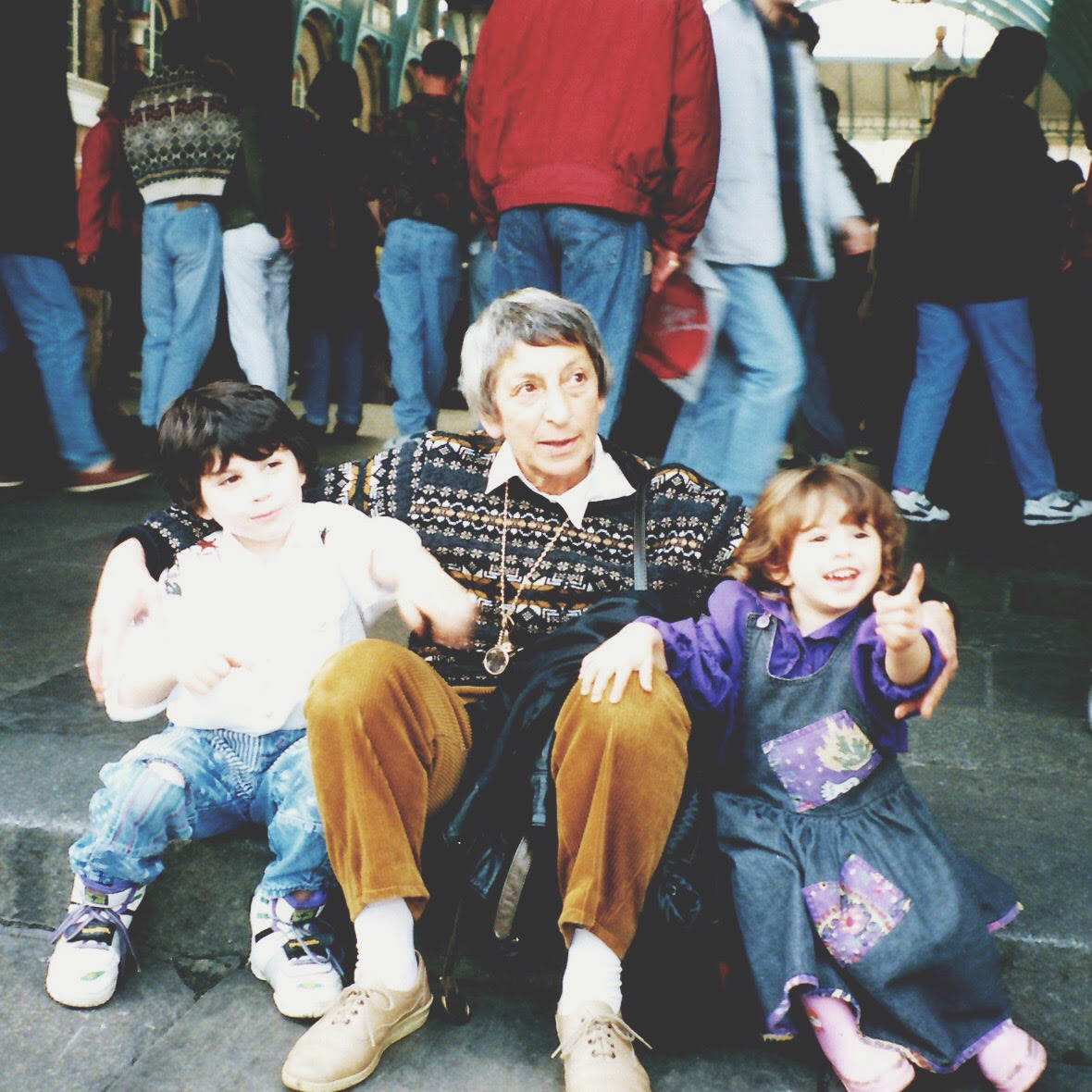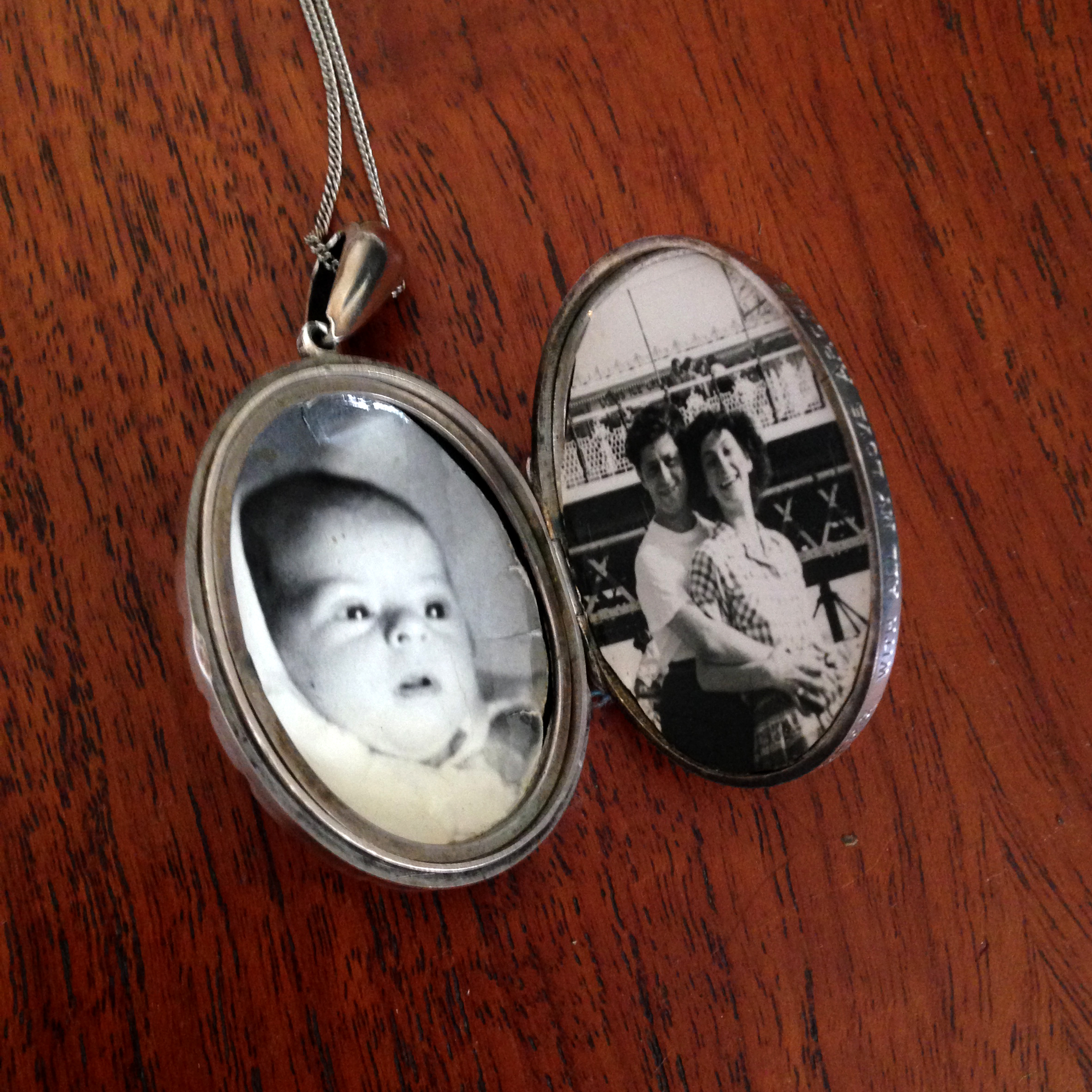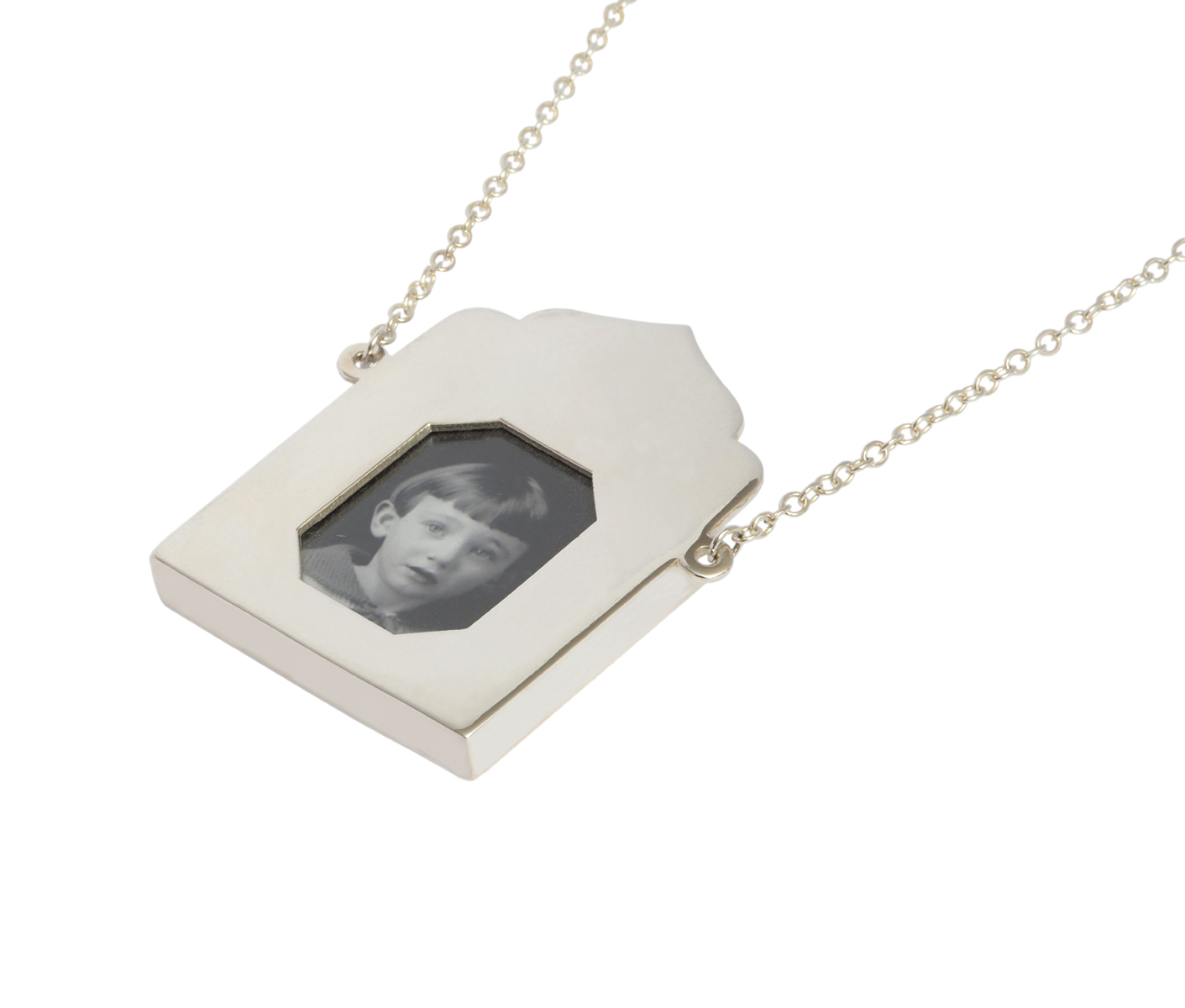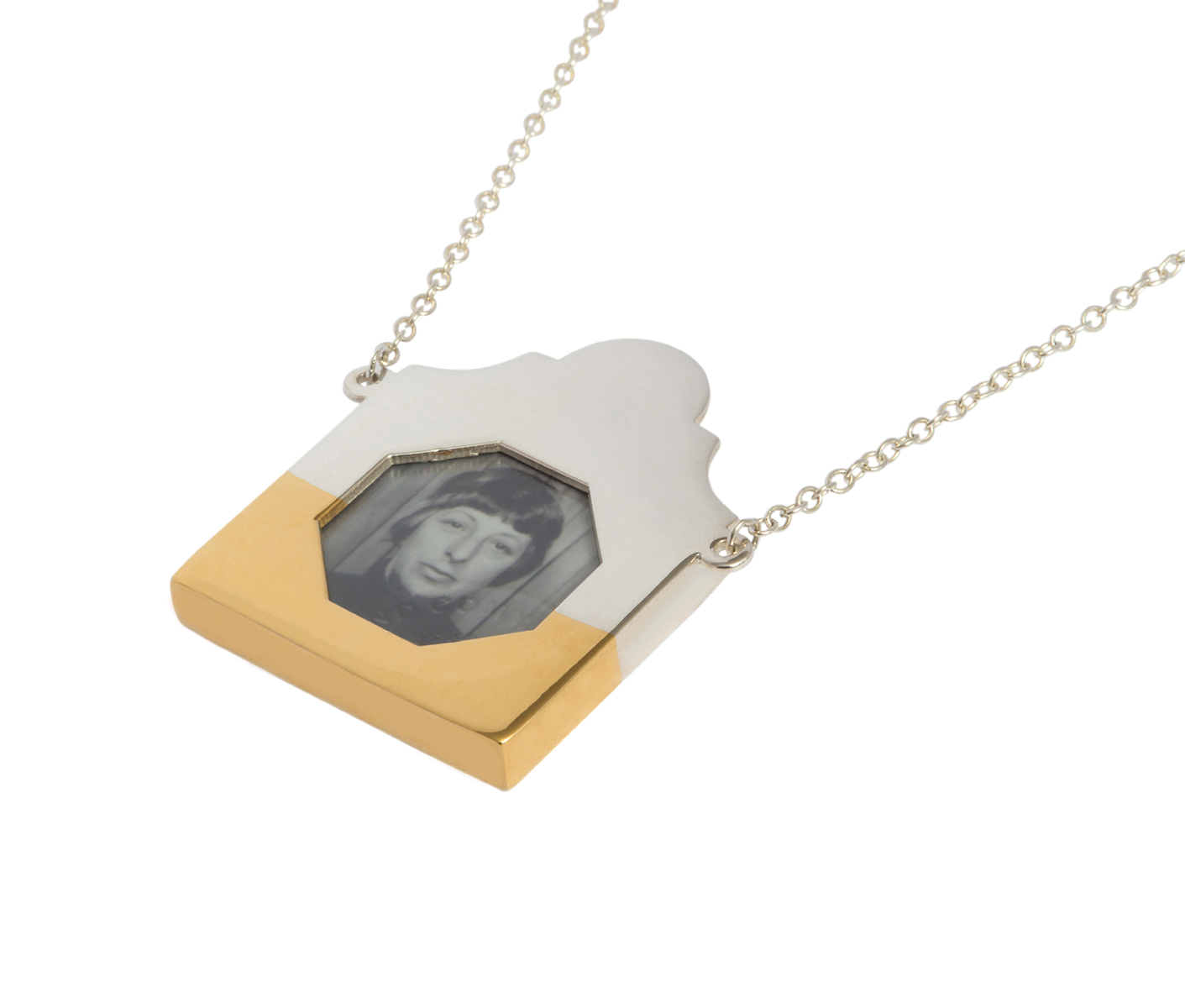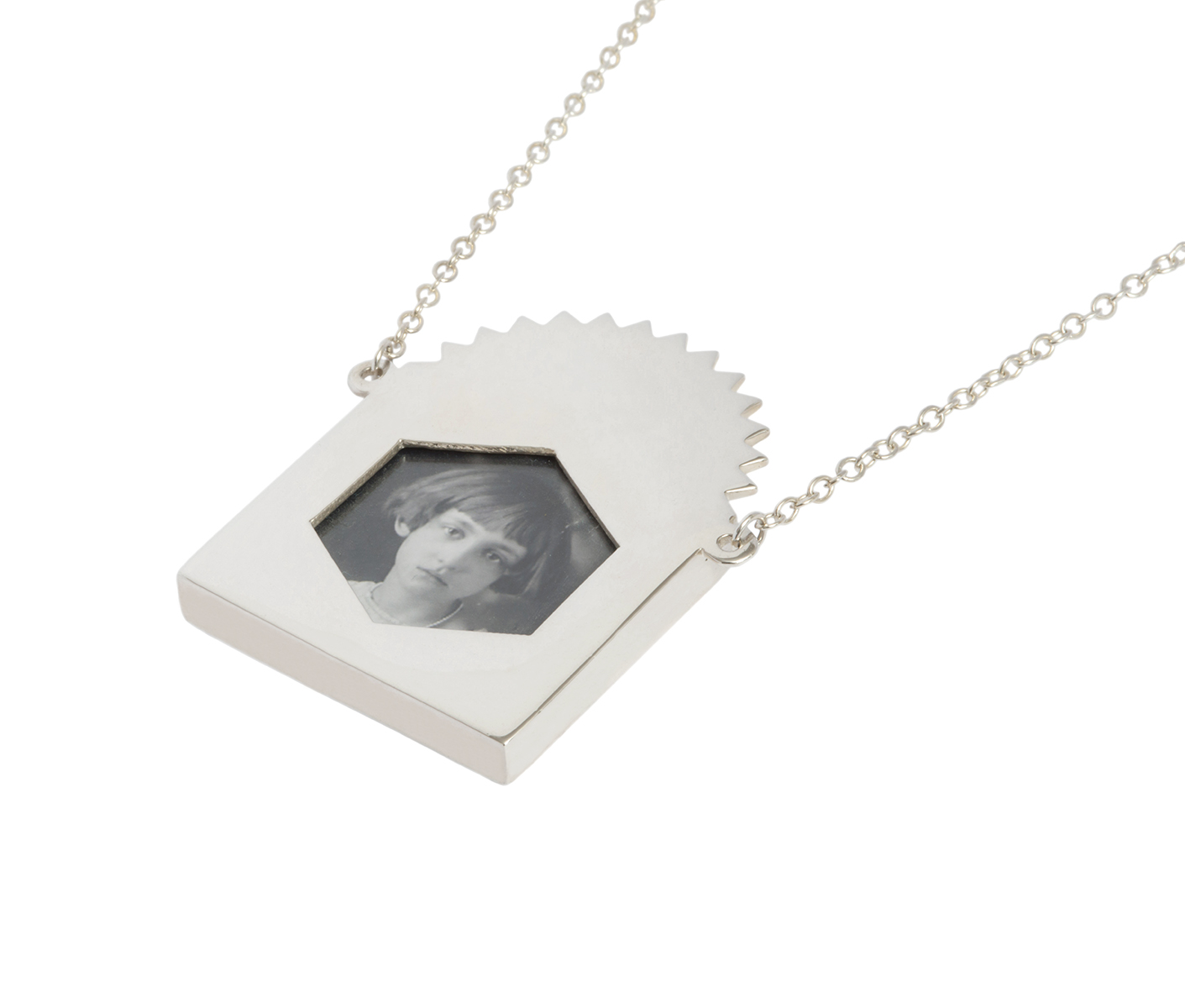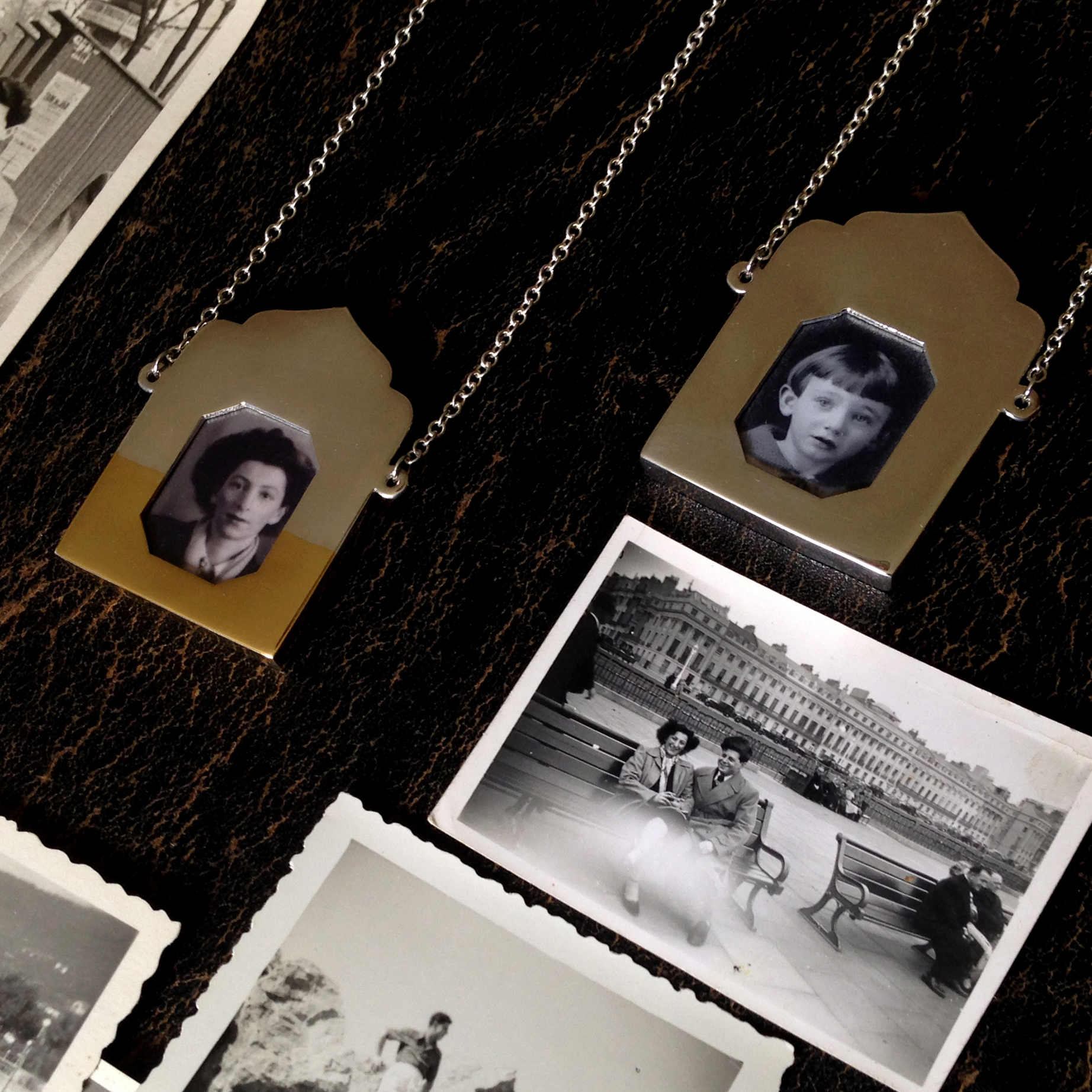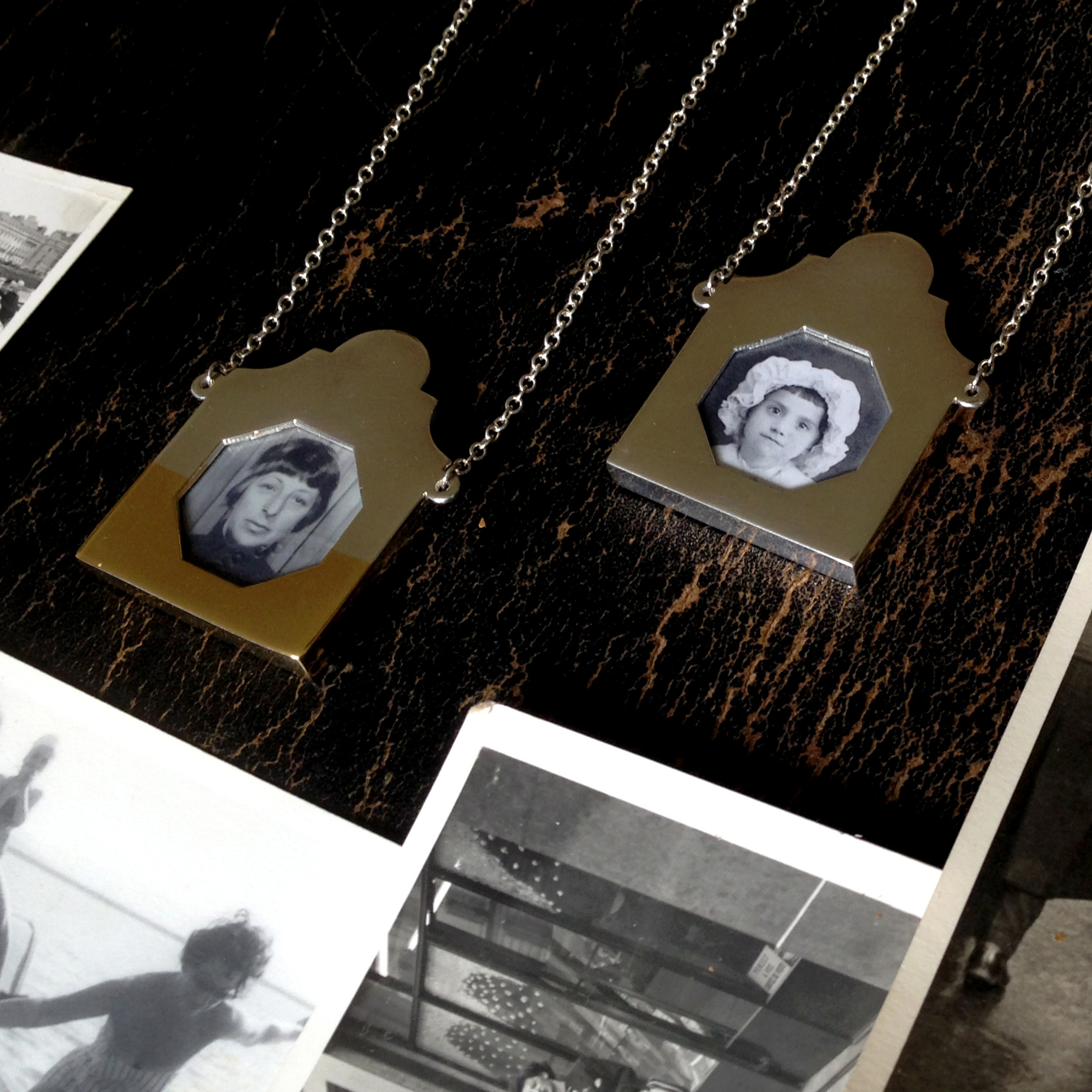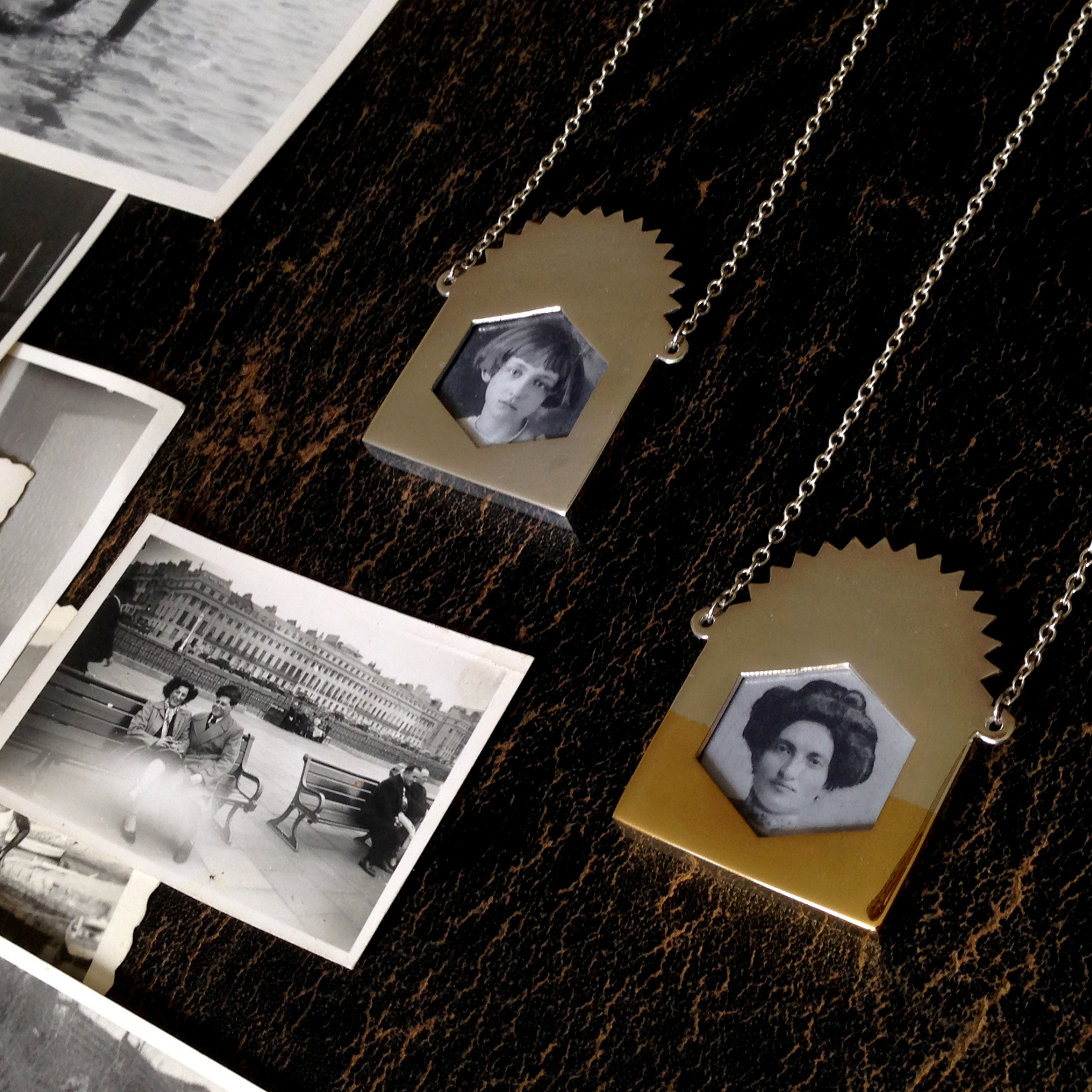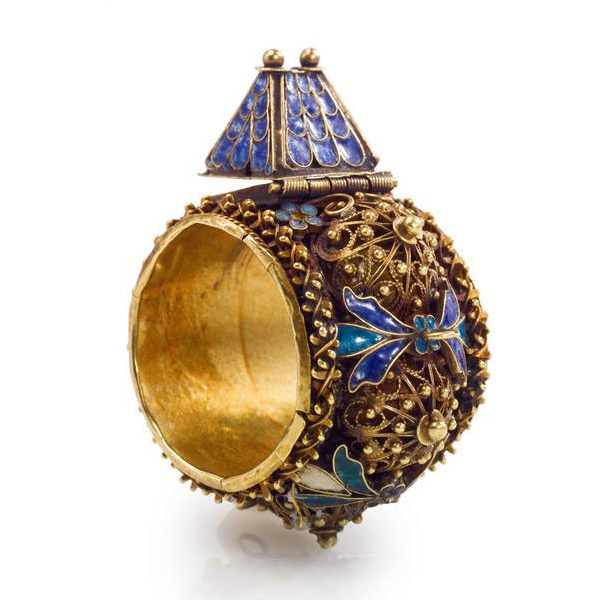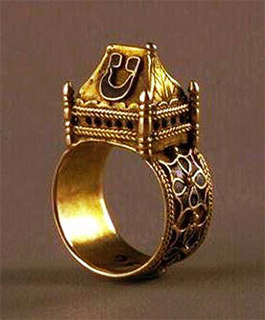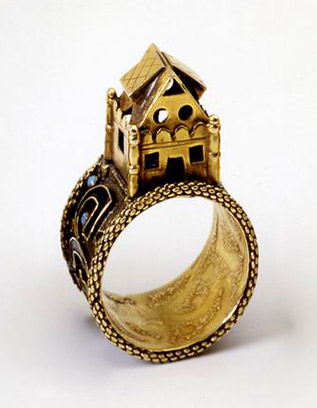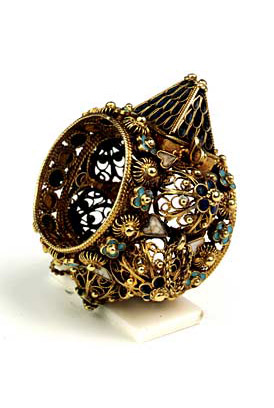Just over a year ago I lost a very important person in my life. A constant and irreplaceable figure of love, acceptance and generosity, my grandmother. Despite her tiny stature, my maternal grandma was a monumental woman in mine and my brothers' lives. Every Saturday we would meet for lunch and coffee, and when we were children we'd play in her house and garden, my mother’s childhood home. We would sit in her living room watching our favourite tv shows that she had recorded off the tv for us and eat pomelo. As we got older she continued to care in every way she could. She nurtured my strengths and encouraged my passions. She bought me a new book, a bag of nuts and a chocolate bar each week. She would visit the major galleries and sent me postcards from all the exhibitions she saw with a short note on the back letting me know what she thought. She charmed everyone she met with her strong character, sharp wit, her intellect and kind humour, leaving the most wonderful impression on everyone she met.
When she passed away, aged 93, it was heartbreaking. Every memory I had became infinitely more precious as I cherished her and felt all the ways she shaped me into who I am today. It became important to me to find a way to honour her, to keep her close to me and pay tribute to her unending significance in my life. As a jewellery designer, I naturally turned to jewellery. For me, one of the most beautiful things about jewellery is how it can express incredibly personal and loving connections between people and this is something I wanted to capture and create with my beloved grandma in mind.
While I contemplated ways to keep my memories alive and her presence close I looked at the jewellery she had given me and other pieces that have been passed down to me. Among the rings and pendants in my jewellery box are two lockets from that I hold especially dear. One of the lockets was from my great grandmother to my mother and is very delicate, a small silver octagon with a floral design on the front and inside are two red cut out hearts from my mother. The other locket is a bold oval and is personalised in every way. On the front are her initials ‘BS’, around the edge is an inscription which reads ‘To my wife Bertha, with all my love Archie. July 1st 1950’. Inside are two photographs, one of my grandparents and one of my mother as a baby. It’s the deeply personal characteristics of this locket that makes it so meaningful and inspired me to create a piece of jewellery that enabled a loved one to be cherished, kept in mind and close to heart. However, unlike the traditional closed and private nature of lockets I decided to create a piece that was outwardly personal, not just a way to treasure, but also a bold declaration and celebration of someone special.
Inspired by holy shrines and historic reliquaries, I created this series of necklaces that enshrine the memories of those we hold dear and keep them close. These elegant open locket pendants frame our affections, memories and the sentiments we wish to cherish; whether in the form of a photograph, a pressed flower, or a lock of hair. These statement necklaces invite adoration with their striking geometry, inspired by spaces and objects of worship from different cultures. Available in three distinct designs ‘dearest’, ‘beloved’ and ‘darling’ the pendant is the keeper of stories and a timeless symbol of their permanence. Both simple to compose and customise, the pendant allows it’s wearer to curate and reveal infinite sentiments.
The Shrine pendant range comes in silver as well as silver with gold plate, available from www.chloeleecarson.co.uk



